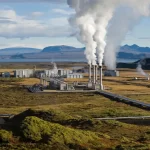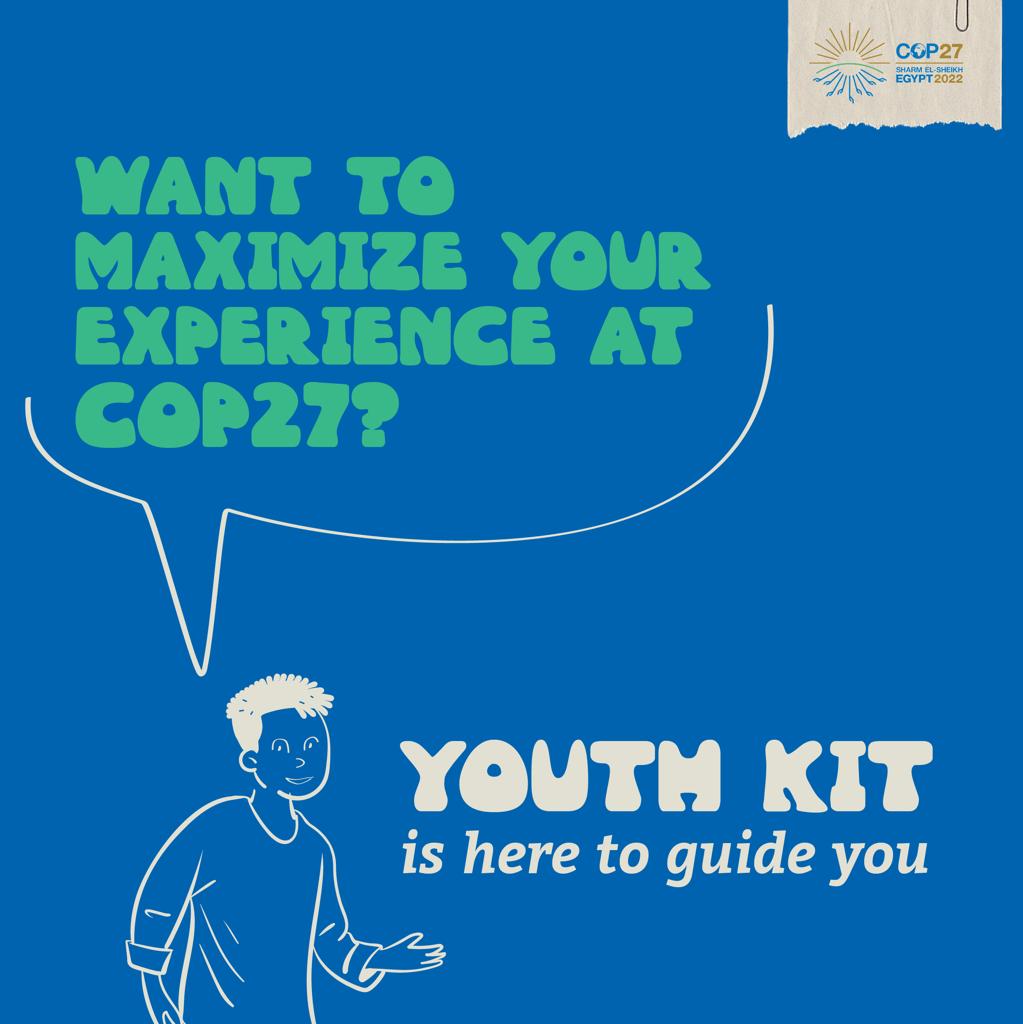What is the meaning of the concept of “disaster” in the environment? And what are its risks? How are these environmental risks managed? Many questions are running in the minds of some with the approaching date of the most prominent event during the coming period, which is the COP 27 climate conference.
Experts define it as sharp changes in the performance of the local community as a result of dangerous natural phenomena that interact with highly vulnerable social conditions, leading to widespread negative human, material, economic or environmental impacts that require urgent and immediate response to meet critical human needs, and recovery from them may require external support.
“Disaster risk” means the possibility of severe changes during a certain period in the performance of the local community due to dangerous natural phenomena that interact with highly vulnerable social conditions that result in widespread negative human, material, economic or environmental impacts.
“Disaster risk management” is a process of designing, implementing and evaluating strategies, policies and measures to improve understanding of disaster risk, encourage disaster risk reduction and transfer, and promote continuous improvement in disaster preparedness, response and recovery practices with the clear intent of increasing security, human well-being, quality of life, resilience and sustainable development.












